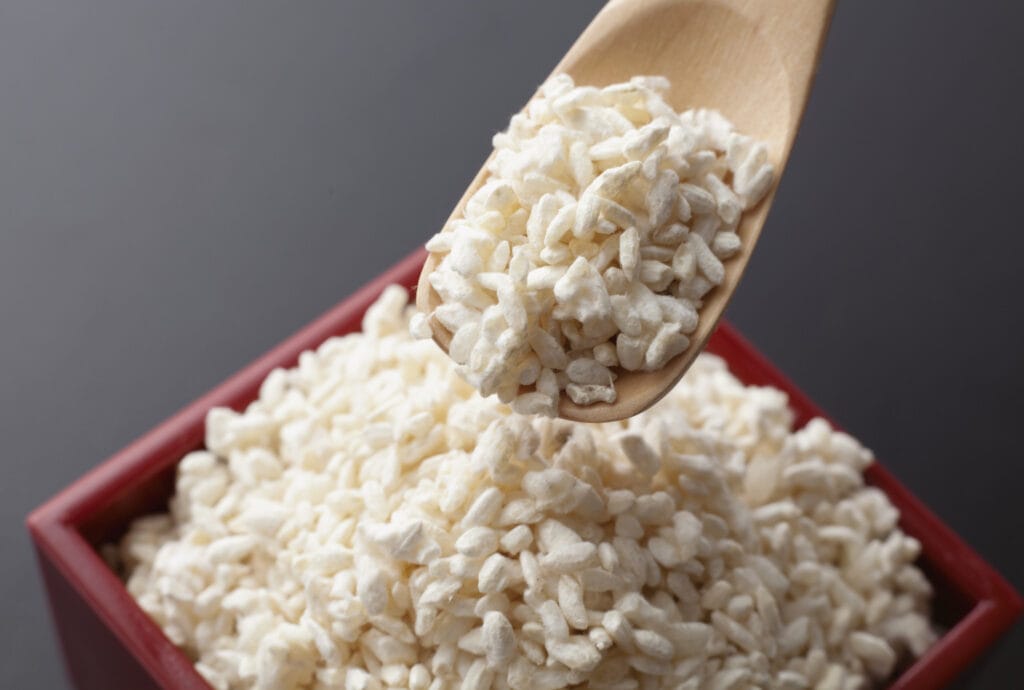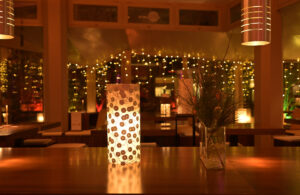Kōji mold versatile ingredient of Japanese cuisine
At the Sake making there is always talk of "Kōji. What exactly is Kōji and how is it used?
What is Kōji?
The Kōji fungus (lat. Aspergillus oryzea), a noble mold known for centuries, is used in many ways in Japanese cuisine. It is used to ferment soybeans into soy sauce, to produce miso and also to turn rice into sake.
Aspergillus flavus var. oryzae is a completely gene sequenced Life form used for the production of α-amylases. In sake production, Kōji and yeast work together in parallel fermentation.
Kōji is mainly produced by growing steamed grains with Kōji mold. The enzymes in these Kōji mushrooms produce valuable, delicious fermented foods. Kōji has therefore been an important ingredient in traditional Japanese cuisine for centuries. Not only Soy sauce, miso paste and sake, but also mirin, rice vinegar, Amazake and many other things are made with it.
There are white, yellow and black Kōji, named according to the appearance of the finished Kōji. Sake brewers primarily use the yellow Kōji - but research continues in this area as well (as well as the development of yeasts).
Production of Kōji
Kōji rice is made by inoculating steamed rice with Kōji relatives (Aspergillus oryzae).
It has a similar function to malt in beer production. The Kōji rice is responsible for generating the enzymes. These break down the starch in the rice into the glucose required for fermentation, which takes place after the yeast is added (so-called saccharification).
Kōji rice serves as a kind of "food" for the yeast during fermentation.
Optimal temperature necessary for proper development of the Kōji
For the Kōji mushroom to grow optimally, it needs just the right temperature and humidity.
The more high-class a sake is, the more attentively and carefully it must be treated during production.
The rice grains are regularly shifted by hand to regulate humidity and temperature. Depending on the style of sake, the rice grains should be more or less permeated by the Kōji fungus, as the amount of Kōji (and thus enzymes) affects the speed of fermentation and thus the taste.
The peculiarity of Kōji rice is the growing mold during fermentation, which looks very fluffy.
About 50 different enzymes and acids develop during this fermentation. The finished Kōji rice tastes slightly sweet and has a characteristic odor. The whole fermentation process takes about 48 hours.
Incidentally, there is a similar process in beer brewing - here, too, the starch in the grain must first be converted into sugar. To do this, the grain is made to germinate (malting), because the necessary enzymes to break down the starch are found in the germ.
Only: this does not work with rice, because the germ was polished away at the beginning.
Yeast and yeast starter mixture for sake making
The yeast used has a significant influence on the taste and aroma of the brewed sake: up to 60% of which are attributable to yeast. For comparison: yeast influences the taste of wine to a good 20%, for whiskey it is around 30% and finally for beer around 50%.
Even into the early 20th century, naturally occurring yeast was simply used for the brewing process ("wild yeasts").
Over time, people tried to obtain and cultivate particularly good yeasts. There are about 25 varieties of yeast, which can be purchased centrally from special places. Eight of them, however, are hardly used today, as they are only suitable to a limited extent for the production of sake.
Since the selection of yeasts is so important for the taste, there are special yeast experts who are always looking for new varieties.
Optimal yeast for sake results from interaction of various factors
The environment of a brewery - climatic conditions and the nature of the water - in turn requires certain characteristics of the yeast. For this reason, regional yeasts are cultivated time and again and protected by the prefectures or individual breweries.
Used yeast significantly influences flavor of sake
The different yeasts are each responsible for their own "style" or the special flavor of sake, whether spicy and robust, sweet and fruity, light and mild or umami.
If a sake tends to smell like banana, strawberry, pear or melon, those are aromas that come from the appropriately cultured yeast.
Good examples are the "Strawberry Blossom" Junmai Ginjō Namazake or the "Rhododendron" Junmai Daiginjō Kimoto from the Amabuki brewery in southern Japan, whose young brewmasters like to experiment with modern yeasts.







